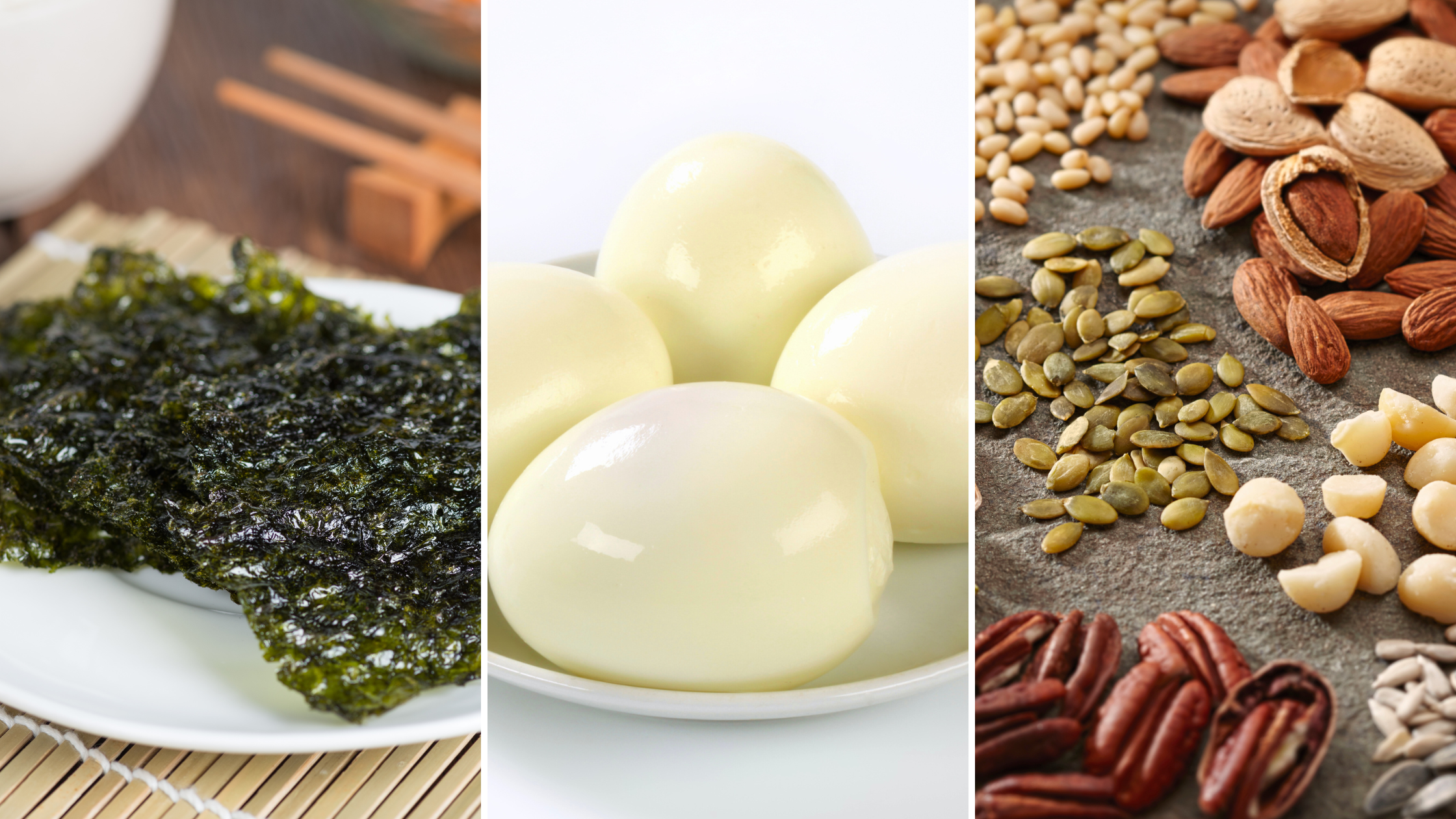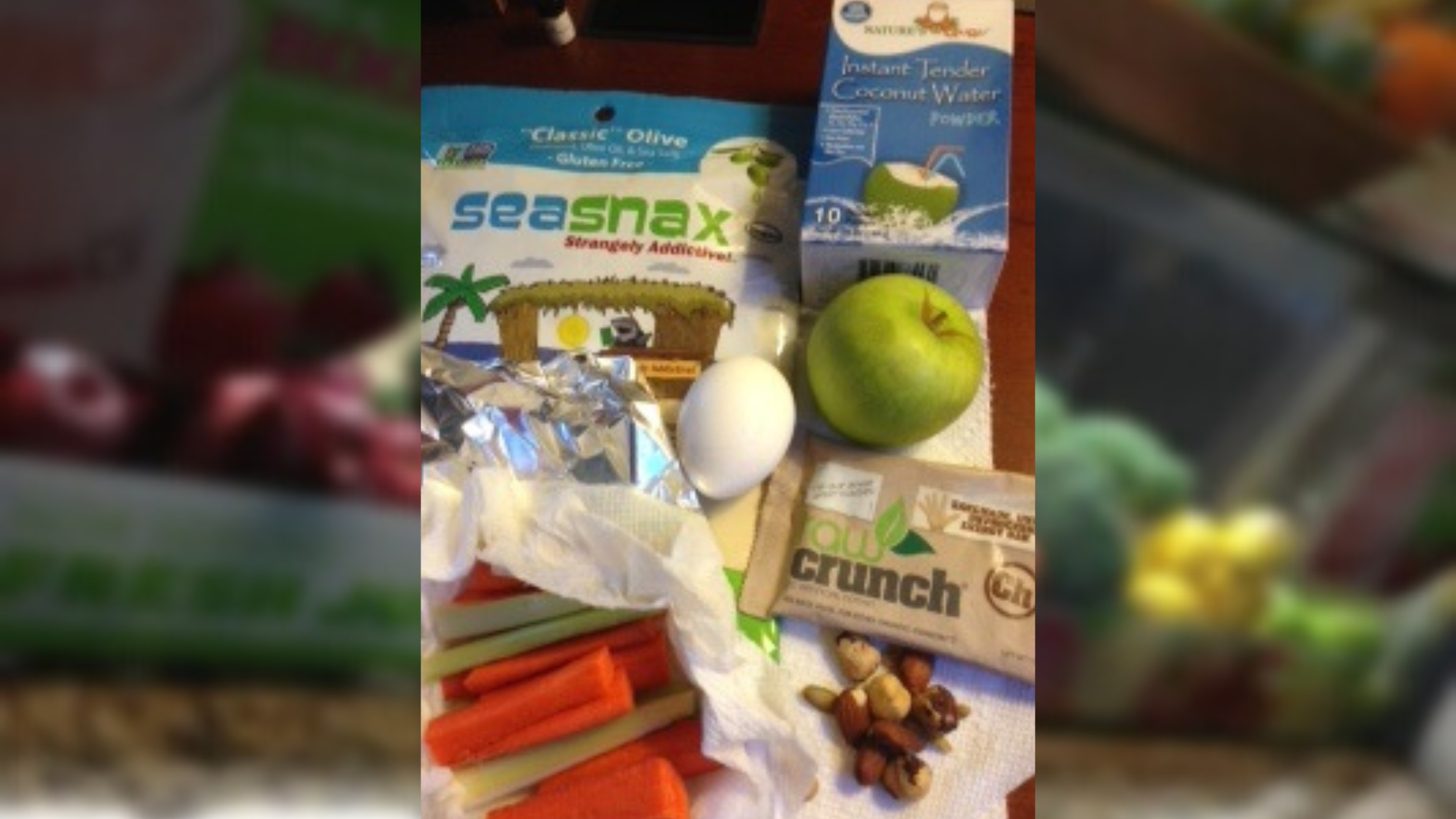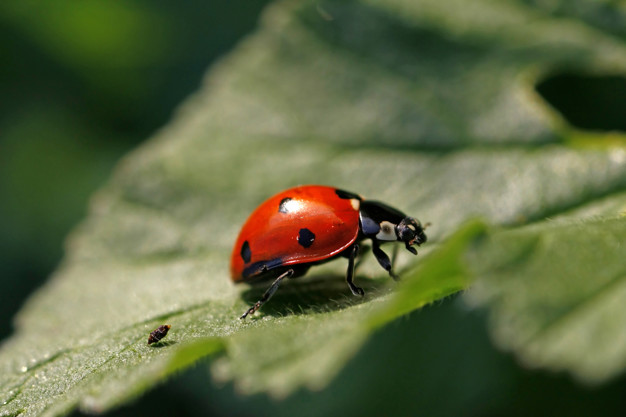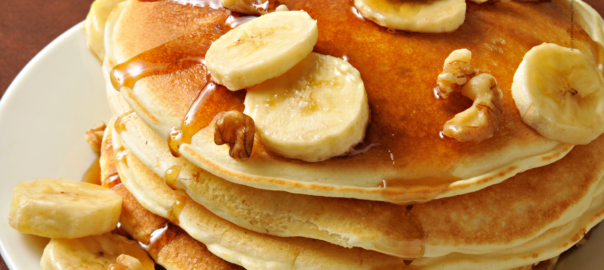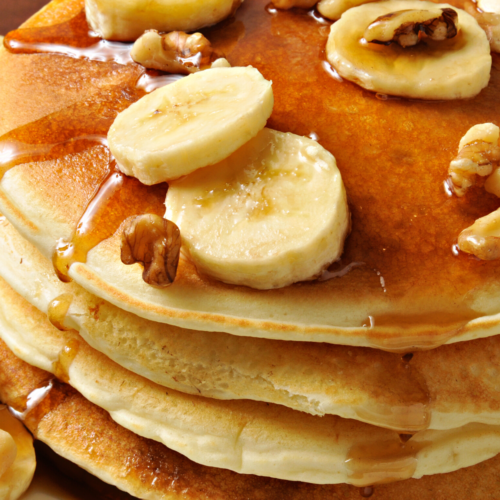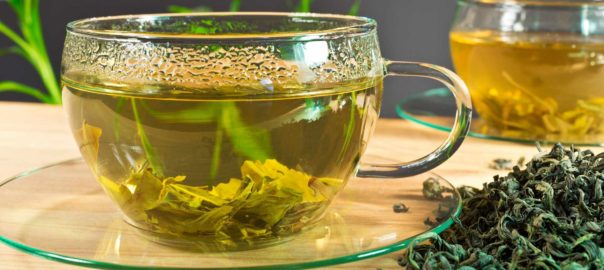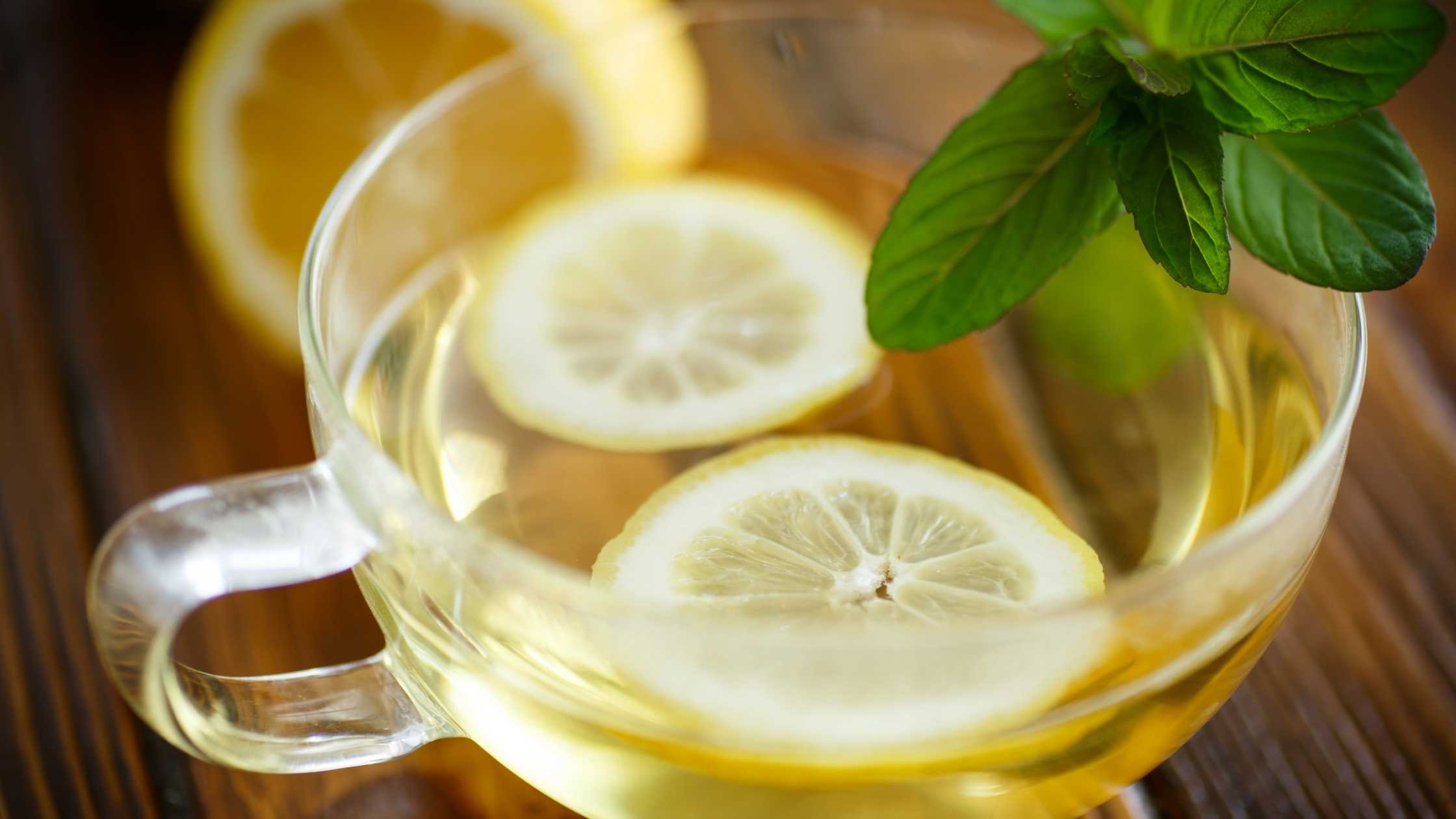In just a few days it will be Halloween. It's a fun holiday, I admit. After all who doesn't like playing dress up and running around collecting treats. When the kids were little it was a month-long anticipation-fest. Deciding what to be, making costumes, participating in the neighborhood Boo Bag festivities, choosing which treats we would give out and then ::drumroll please:: the big night.
How many kids?
For whatever reason over the last couple decades we wound up living in areas where our house was part of the local Halloween central. I'm talking, literally, hundreds of kids. In a wide variety of diverse settings:
- A small, rural town in Vermont where the houses on Main Street were hard hit by the hordes that came from all over town, and I mean the entire town
- A high density Texas suburb where kids pretty much stuck to their own neighborhood but there sure were a lot of them — when your houses are on 7,00-10,000 square foot lots with 2-3 kids in most of the houses, well, you get the picture
- A small rural Connecticut town where our street was THE place to be. Van-loads of children from our town as well as van-loads of children from surrounding towns all descending on our doors — some of the kids employed a technique called ‘double masking' where they wore one mask on the way down the street and the other mask on the way back, hitting all the houses both ways to try and get EVEN MORE candy
But it's always fun to see all of the kids and their costumes and their excitement. I love this time of year and have so much fun with it. However as the years went on and I learned more about what's really in our food I became less and less enthusiastic about what is, after all, the main purpose of Halloween for many kids. The sugar fest. I began to look for alternatives that did not add carcinogenic chemicals to their little bodies, no artificial colors, flavors, or other additives which, after all, are not real food.
Alternative treats
Over the years I spent a fair amount of money on organic, natural treats but the year we hit over 300 kids I stopped. It just got to be more than our budget would allow. So I started handing out treats of a different kind. And the funny thing is… the kids loved them. I had thought that they might prefer their candies and sweets. But really they got so much of that at other houses. Plus due to the sheer volume of trick-or-treaters, everyone was braced for the onslaught and the neighbors mostly purchased small candies. There's also only so many different kinds of snack-size or fun-size treats available, so the contents of the bag looked very similar from house-to-house. At our house, rather than getting the same thing that they got everywhere else, we were giving them something fun and new.
What sorts of things did we give out? It's amazing what you can find:
- glow in the dark bracelets
- glow in the dark rubber duckies (these were very popular surprisingly)
- Halloween themed hacky sacks
- fake creepy things – bugs, spiders, bats, and snakes
- Halloween frisbees
There's also a number of strategies for swapping out the candy once the kids have collected it. Here's a great list from the Holistic Mom's Halloween Roundup.
The real food philosophy
Alternative treats and swapping out can be a great way to be able to participate in the holiday without compromising the health of the kids.
I love the dress-up part, and admiring all the costumes that come to my door. With the bigger kids I always ask them to do a trick to “earn” their treat. I've had kids tell me jokes, do hand-stands, make silly faces, it's hilarious. One time I asked a young man, “What do you say?” He looked at me rather puzzled and softly said, “Please?” To which I laughinly replied, “What about Trick-or-Treat, smelly my feet?” He laughed and I gave him a double helping.
I love the excitement and the fun of being outdoors at night. It's a special time of year. But when it comes to the sugar overload and the negative ingredients I'm no longer a fan. I want to to be as true to my real food philosophies as I can.
In the meantime, if you have any alterntive suggestions or know of a place selling great Halloween swag, let me know, there's still time to swap out the sweets or to plan for the year ahead.


